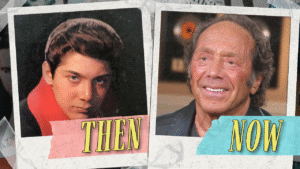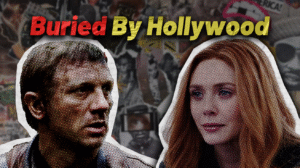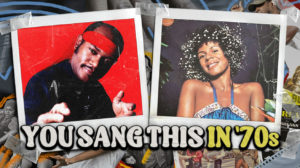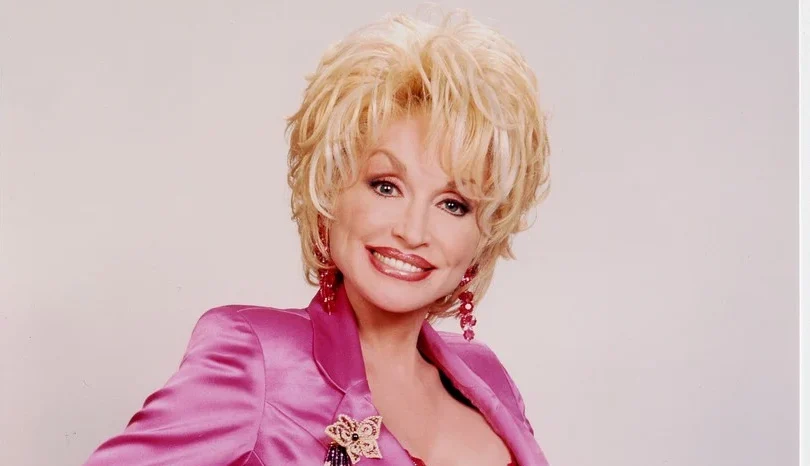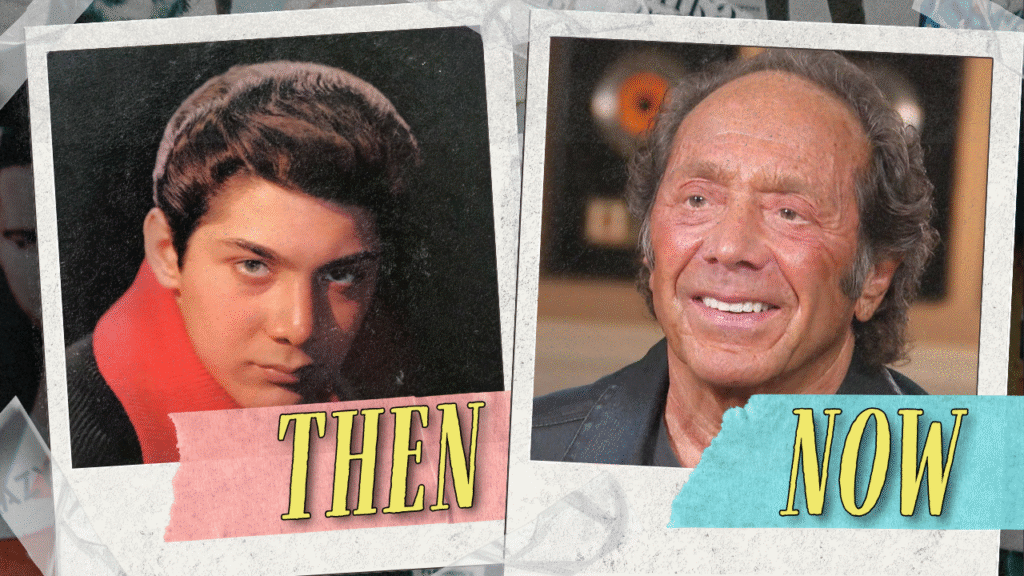
The music industry devours talent faster than TikTok burns through trends. In today’s digital age, you can be popular one day and forgotten the next, with one-hit wonders becoming increasingly common while longevity remains elusive for most artists. The secret lies in reinvention—the ability to constantly evolve while maintaining authentic artistic vision, something that requires both creative courage and strategic thinking.
The modern music landscape demands constant reinvention in an era where streaming economics and shortened attention spans make sustained careers increasingly difficult. Studies show that the most important element in artistic longevity is reinvention—the ability to completely reimagine your creative identity when necessary.
19. Bobby Sherman: From Teen Dreams to Real-Life Hero
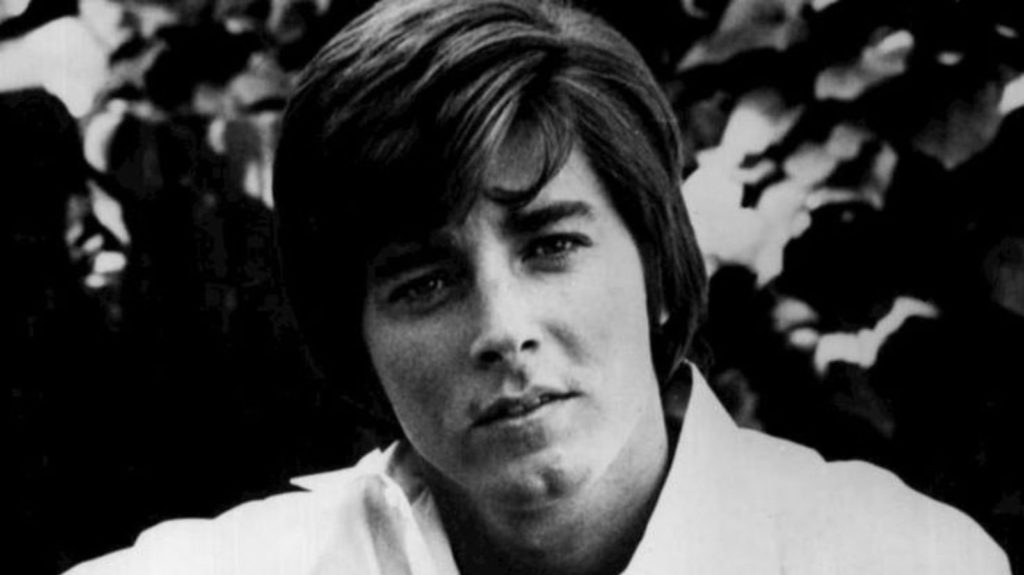
Bobby Sherman owned the hearts of millions between 1969 and 1971, receiving more fan mail than any other ABC performer. His hits “Little Woman” and “Easy Come, Easy Go” made him the poster boy definition of wholesome teen idol culture. But here’s where his story gets interesting—Sherman walked away from the spotlight to become a paramedic and LAPD reserve officer.
While other stars chased bigger contracts, Sherman chose to save actual lives. He trained EMTs and founded the BBSC Foundation to help Ghanaian students. His career shift from teen heartthrob to emergency responder proves that sometimes the most revolutionary act is choosing service over stardom. His transition from heartthrob to hero remains unmatched in entertainment history.
18. Shaun Cassidy: The Reinvention Master

Most teen idols flame out faster than a viral TikTok trend. Shaun Cassidy rewrote that script entirely. His 1970s hits “Da Doo Ron Ron” and “Hey Deanie” earned him platinum records and screaming fans, but Cassidy understood something his contemporaries missed—staying power requires evolution.
Instead of clinging to his Hardy Boys heartthrob image, Cassidy pivoted behind the camera. He became a successful TV writer and producer, creating series like American Gothic and “New Amsterdam.” Five decades later, he’s still creating compelling television while his teen idol peers struggle for relevance. Cassidy proved that smart reinvention beats nostalgic touring every time.
17. Leif Garrett: The Comeback Story

Leif Garrett’s feathered hair and “I Was Made for Dancin’” defined late 1970s teen culture, but his story reads like a cautionary tale with an unexpected twist. Substance abuse and legal troubles derailed what seemed like an unstoppable career, turning him into a tabloid fixture rather than a music icon.
But Garrett’s narrative isn’t over. According to recent interviews, he’s working on sobriety while channeling his experiences into screenplays and books. His memoir “Idol Truth” offers raw insights into fame’s dark side. Garrett’s journey from teen idol to cautionary tale to ongoing recovery shows that second acts are possible in Hollywood.
16. Donny Osmond: The Family Man Who Beat the Odds
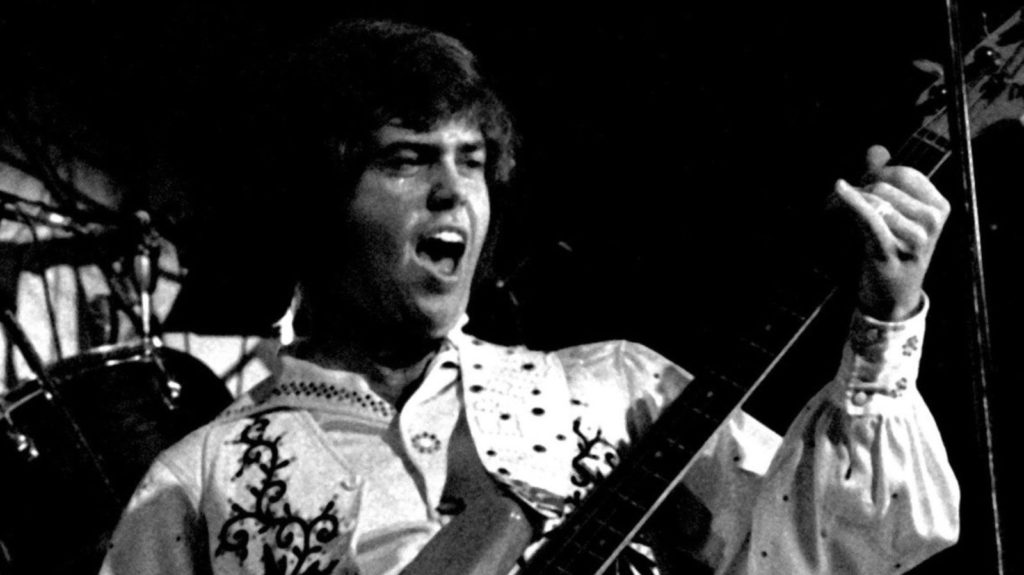
Statistics show that 70% of child stars crash under fame’s pressure. Donny Osmond laughs at those numbers. The king of 1970s teen heartthrobs parlayed hits like “Puppy Love” and “Go Away Little Girl” into a six-decade career that spans Broadway, Vegas residencies, and reality TV victories.
Osmond’s secret weapon? Family stability. While peers battled addiction and bankruptcy, he remained grounded as a father of five and grandfather to 14. His “Dancing with the Stars” win and “Masked Singer” appearances prove he’s still got moves at 66. Osmond demonstrates that wholesome doesn’t mean boring—it means sustainable.
15. Rick Springfield: The Eternal Rocker
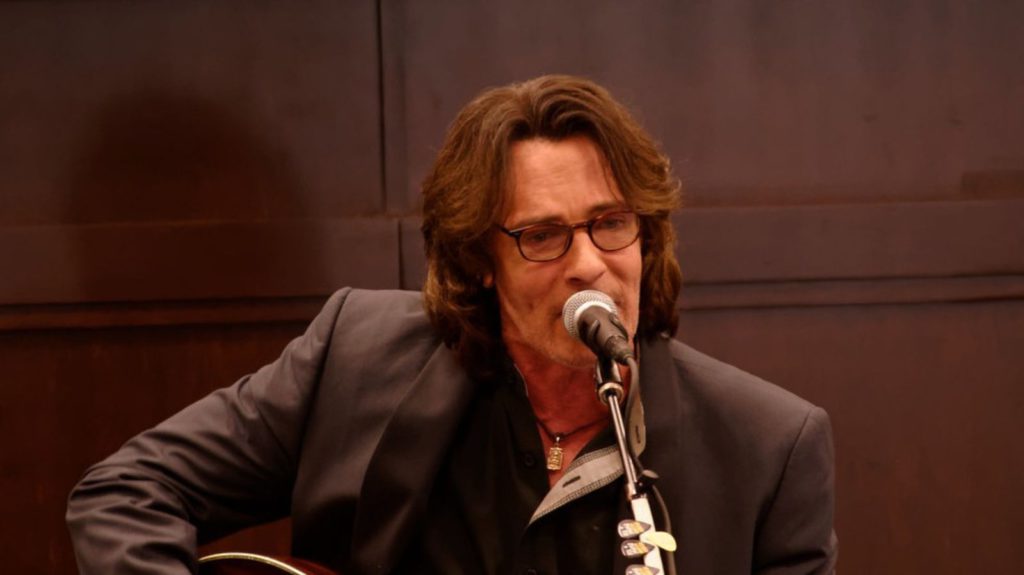
Rick Springfield started with “Speak to the Sky” in 1972, but “Jessie’s Girl” made him immortal. That Grammy-winning track from 1981 could’ve been his peak, but Springfield treats endings like new beginnings. His 2023 album “Automatic” proves he’s not coasting on nostalgia—he’s still creating relevant rock music.
Currently touring with REO Speedwagon and hosting “Working Class DJ” on Sirius XM, Springfield embodies reinvention without abandoning your core. At 74, he continues projects like his rum venture with Sammy Hagar while maintaining the energy that made “General Hospital” fans swoon. Springfield shows that authentic passion never expires.
14. Neil Diamond: The Songwriting Genius
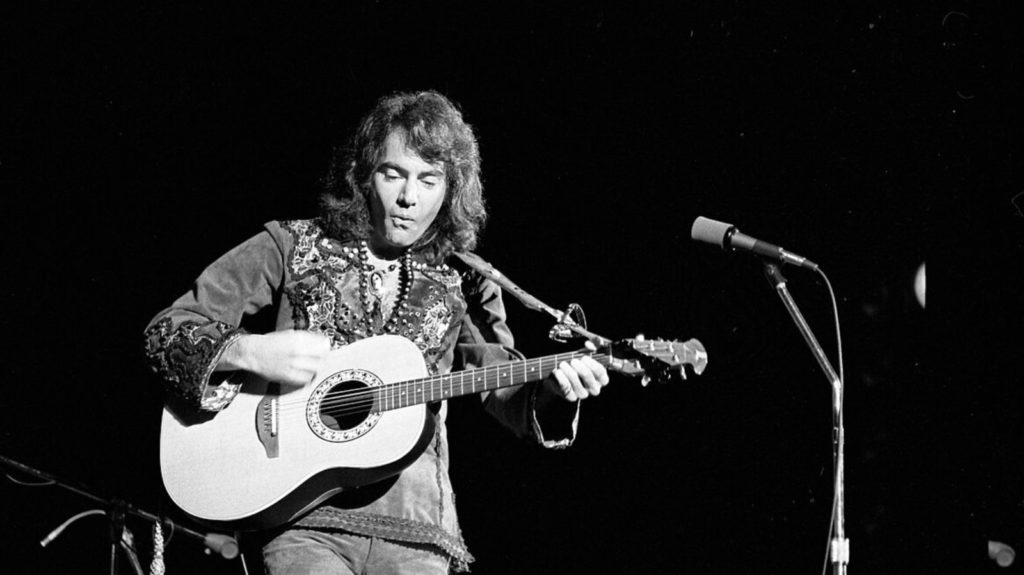
Neil Diamond transformed from a Brill Building songwriter into one of music’s most recognizable voices. His 1966 debut “The Feel of Neil Diamond” launched a career that produced “Sweet Caroline,” “Cracklin’ Rosie,” and over 130 million records sold worldwide. But Diamond’s true genius lies in his songwriting—he penned hits for The Monkees and countless others.
Diamond’s songs became cultural touchstones, echoing through stadiums and movie soundtracks decades after release. Even retirement due to Parkinson’s diagnosis can’t diminish his impact. His catalog remains a masterclass in melody and emotion, proving that great songs outlive their creators.
13. Gary Numan: The Electronic Visionary

Gary Numan accidentally discovered his calling when he encountered a Moog synthesizer in a Cambridge studio, transforming his guitar-based Tubeway Army album into electronic music overnight. His 1979 hit “Cars” and the android-like performance of “Are ‘Friends’ Electric?” on Top of the Pops introduced millions to synthesizer-driven future rock. He’s sold over 10 million records and influenced everyone from Nine Inch Nails to Kanye West.
But Numan’s real genius lies in constant reinvention—transitioning from synth-pop pioneer to industrial icon, never playing it safe even in his 60s. After commercial disappointments in the 1990s, he found new influences in Nine Inch Nails and moved into the darker sound that became his later trademark. His recent albums “Savage” and “Intruder” both hit number 2 on UK charts, proving that authentic artistic evolution creates lasting relevance….
12. Marty Wilde: The British Rock Pioneer
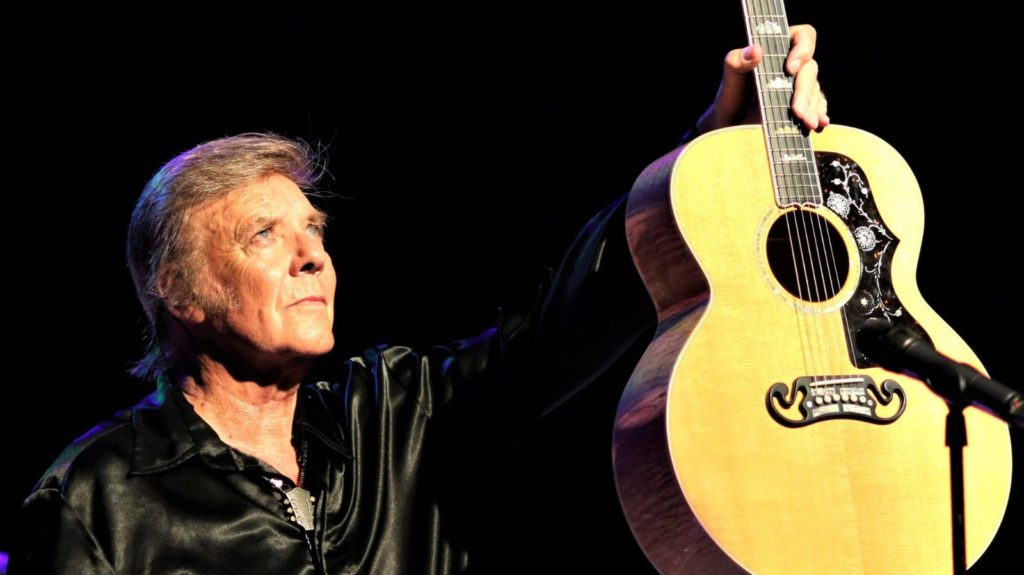
Before The Beatles conquered America, Marty Wilde conquered Britain. His hits “Endless Sleep” and “Donna” established him among the UK’s earliest rock and roll stars, achieving chart presence across multiple decades. His longevity in an industry that discards legends annually remains remarkable.
Wilde’s recent album “Running Together” may have reached number 75, but chart position misses the point. He’s fostered a musical dynasty, nurturing daughter Kim Wilde’s career and collaborating with multiple family members. At 84, Wilde represents persistence over flash, proving that steady artistry outlasts meteoric fame.
11. Frankie Avalon: The Renaissance Entertainer
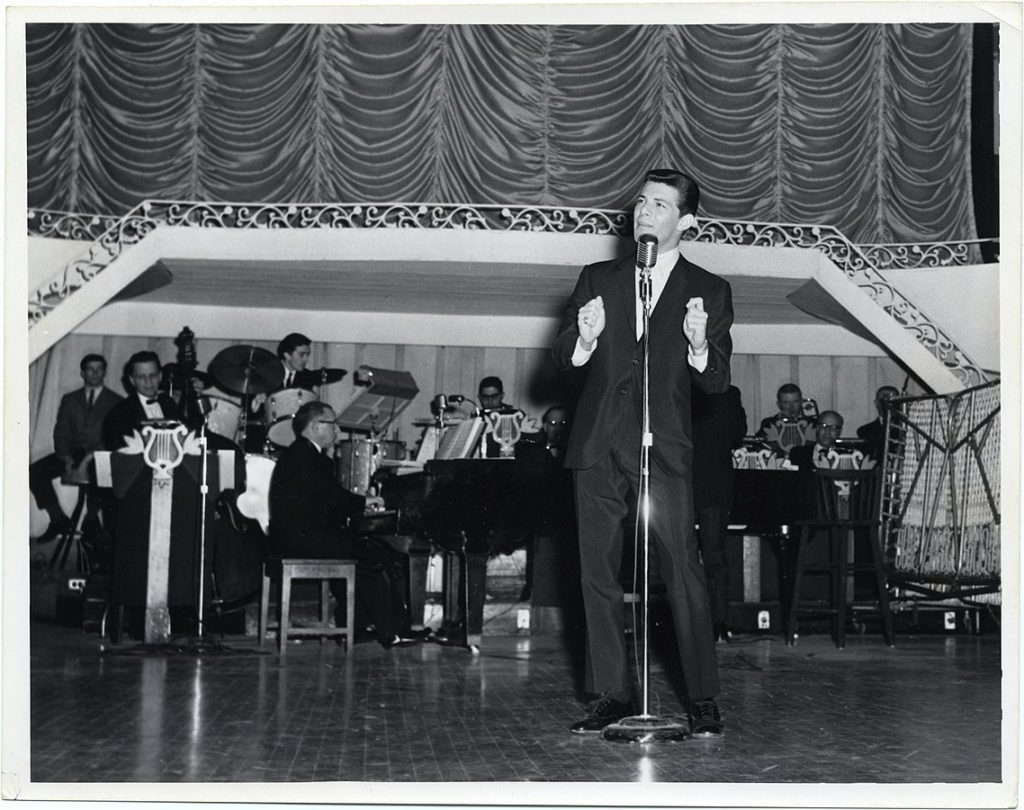
Frankie Avalon started as a trumpet prodigy at 12, evolved into a chart-topper with “Venus” and “Why,” then conquered Hollywood’s beach party films. His career spans multiple generations and mediums, from serious dramatic roles in “The Alamo” to recent Sonic Drive-In commercials.
Avalon’s eight children and 10 grandchildren represent his greatest achievement, but his professional longevity deserves recognition too. Selling over 30 million records while maintaining relevance through reinvention, Avalon exemplifies the entertainer who adapts without losing authenticity. His career proves that versatility beats specialization in show business.
10. Tommy Steele: The Original British Rocker
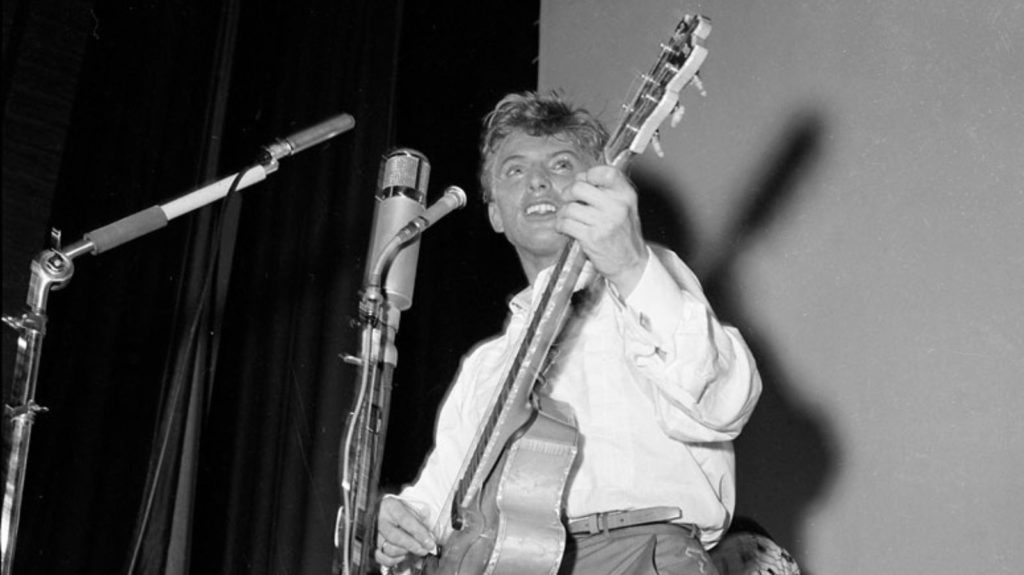
Tommy Steele helped break the American monopoly on rock stardom, becoming one of Britain’s first rock and roll stars with “Rock with the Caveman.” At 87, he’s not just a memory—he’s a living bridge between rock’s birth and its current evolution. His 2020 knighthood recognized contributions that span over six decades.
Steele’s impact extends beyond music into entertainment and cultural innovation. He proved British artists could create their own musical identity rather than copying American trends. His legacy helped pave the way for every British rock act that followed, from The Beatles to Arctic Monkeys.
9. Pat Boone: The Gospel Transition

Pat Boone sold over 45 million records and scored 38 Top 40 hits, often serving as the wholesome alternative to Elvis Presley’s rebellious image. His covers of R&B songs brought Black music to white audiences, though this legacy remains complicated by questions of cultural appropriation.
Boone’s transition to gospel music and political commentary shows how artists can pivot while maintaining core values. At 90, he continues sharing his faith-based perspective, proving that conviction can guide career longevity. His journey from pop icon to gospel pioneer demonstrates that authentic personal growth resonates across generations.
8. Paul Anka: The Songwriting Prodigy

Paul Anka wrote “Diana” at 15 and never stopped creating. His songwriting genius produced classics for himself (“Put Your Head on My Shoulder”) and legends like Frank Sinatra (“My Way”) and Tom Jones (“She’s a Lady”). Over 120 albums and 900+ songs later, Anka remains one of music’s most prolific creators.
At 82, Anka still captivates audiences with timeless classics that span multiple generations. His induction into the Canadian Songwriters Hall of Fame recognized contributions that helped define modern pop songwriting. Anka proves that talent spotted early and nurtured consistently creates lasting artistic impact.
7. Cliff Richard: Britain’s Elvis
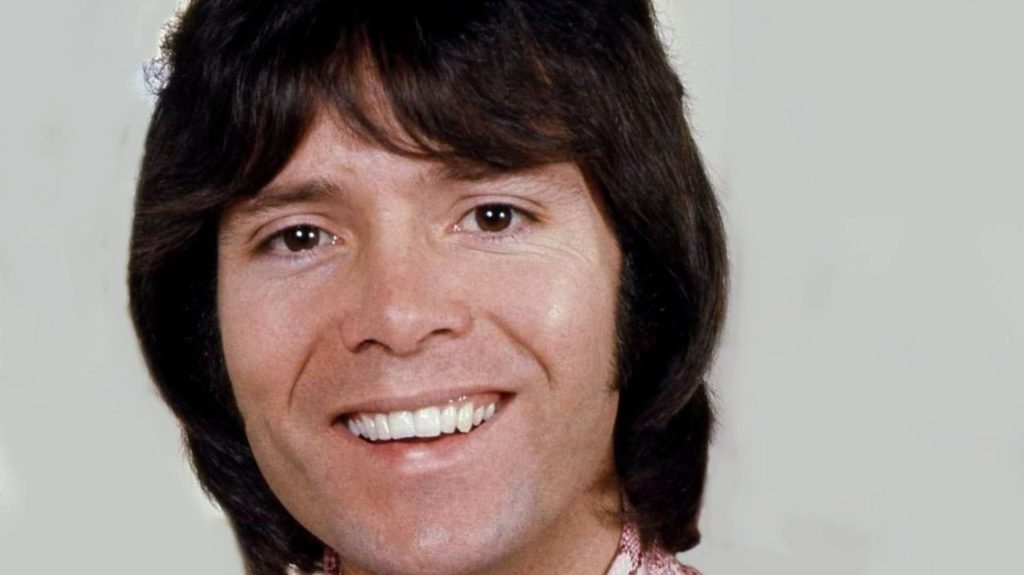
Cliff Richard earned the title “Britain’s Elvis” by bringing rock and roll to UK audiences with “Move It” and “Living Doll.” His 60-year career produced over 250 million records sold and the rare distinction of charting in every decade from the 1950s to 2010s—a feat only Elvis matched.
Richard’s 2022 Wimbledon performance of “Summer Holiday” at age 83 demonstrated enduring stage presence and cultural relevance. His 45 studio albums represent consistent creativity across changing musical landscapes. Richard’s career proves that adapting your sound while maintaining your essence creates lasting appeal.
6. Ricky Martin: Breaking Language Barriers
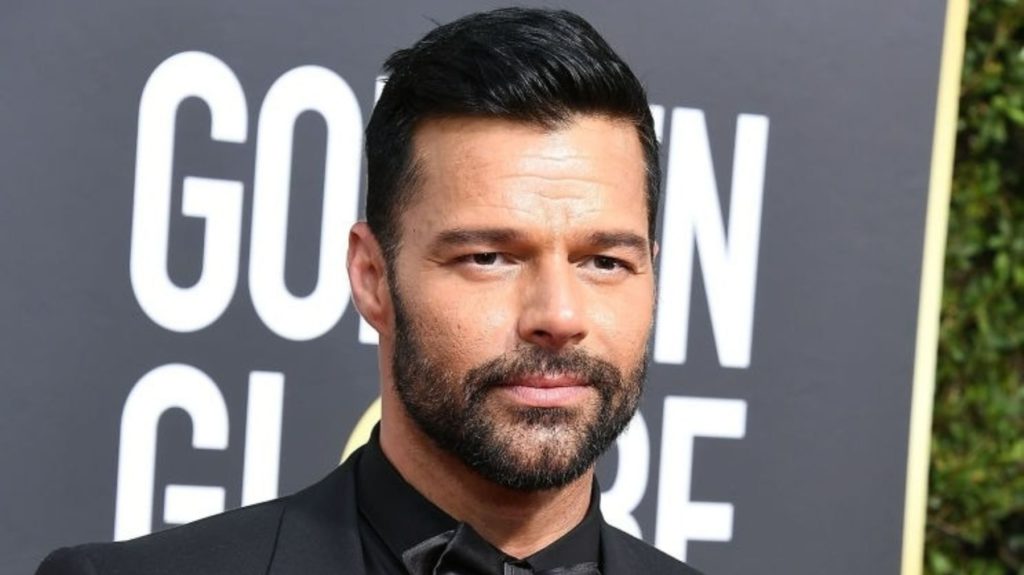
Ricky Martin’s journey from Menudo member to global superstar proves that talent transcends language barriers. His 1999 “Livin’ la Vida Loca” sparked the Latin Explosion, opening doors for countless Latin artists in mainstream American music. Current collaborations with Pitbull and Enrique Iglesias show his continued relevance.
Martin’s 70+ million albums sold worldwide represent more than commercial success—they signify cultural bridge-building. His recent acting role in “Palm Royale” and ongoing touring prove that crossover artists can maintain authenticity while reaching global audiences. Martin changed how the industry views
5. New Kids on the Block: The Boy Band Blueprint
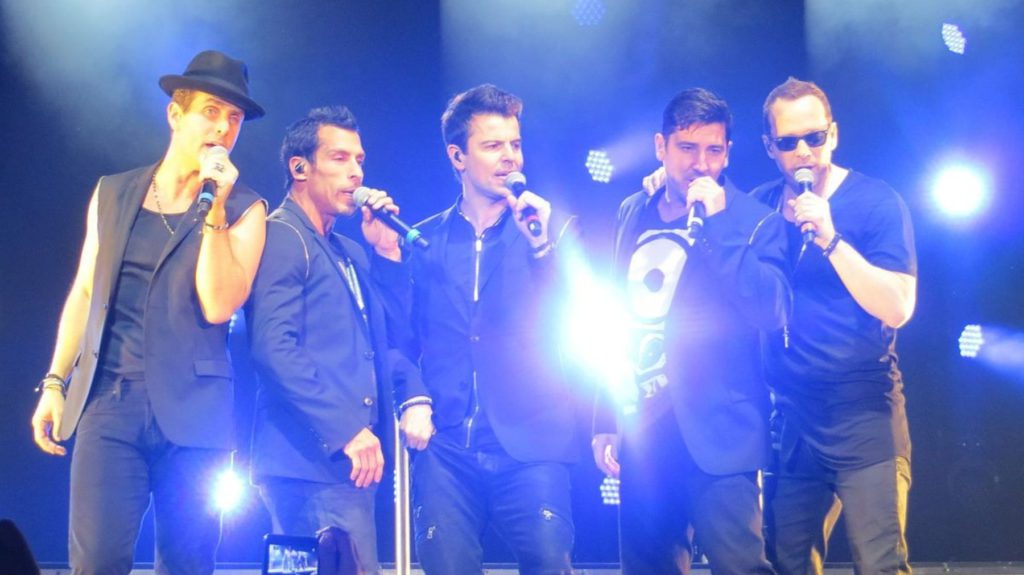
New Kids on the Block created the modern boy band template that Backstreet Boys, NSYNC, and BTS still follow. Their late 1980s dominance with “Hangin’ Tough” and “Step by Step” proved that coordinated choreography plus catchy hooks equals massive commercial success.
Their 2024 album “Still Kids” and themed cruises demonstrate how to monetize nostalgia without seeming desperate. Selling over 80 million records worldwide, NKOTB proved that manufactured doesn’t mean inauthentic if the connection with fans feels genuine. They transformed teen music marketing forever.
4. Morten Harket: The Voice of Norway

Morten Harket’s five-octave range powered A-ha’s “Take On Me” into MTV immortality. His distinctive vocals helped synthesizer-driven pop music gain credibility with rock audiences, proving that technological innovation and human artistry could coexist beautifully.
A-ha’s 100+ million records sold worldwide establish Harket among pop’s elite vocalists. His recent “Masked Singer” appearance at 64 shows that iconic voices remain recognizable across generations. Harket represents the perfect fusion of technical skill and emotional delivery that defined 1980s pop excellence.
3. Bobby Darin: The Genre-Defying Legend
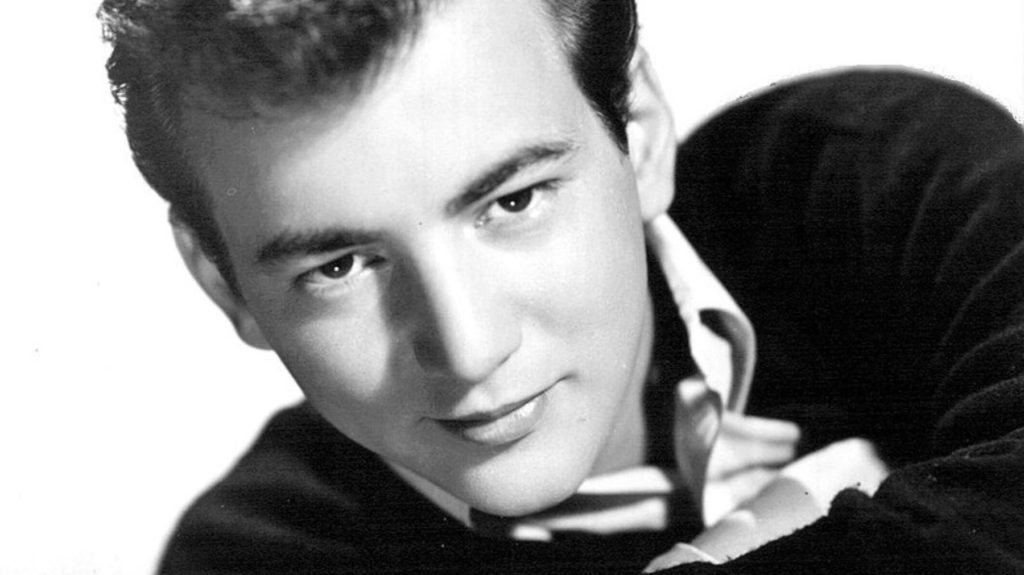
Bobby Darin’s versatility across pop, rock, jazz, and big band made him unique among his contemporaries. “Mack the Knife” and “Dream Lover” showcased his ability to master different musical styles while maintaining his distinctive personality. His Grammy wins and Oscar nomination proved that crossover success was possible.
Darin’s 75 million records sold during his tragically short career demonstrate incredible artistic efficiency. His death at 37 cut short a trajectory that could have redefined American popular music. Darin’s legacy reminds us that authentic artistry transcends genre boundaries.
2. James Darren: The Enduring All-Rounder
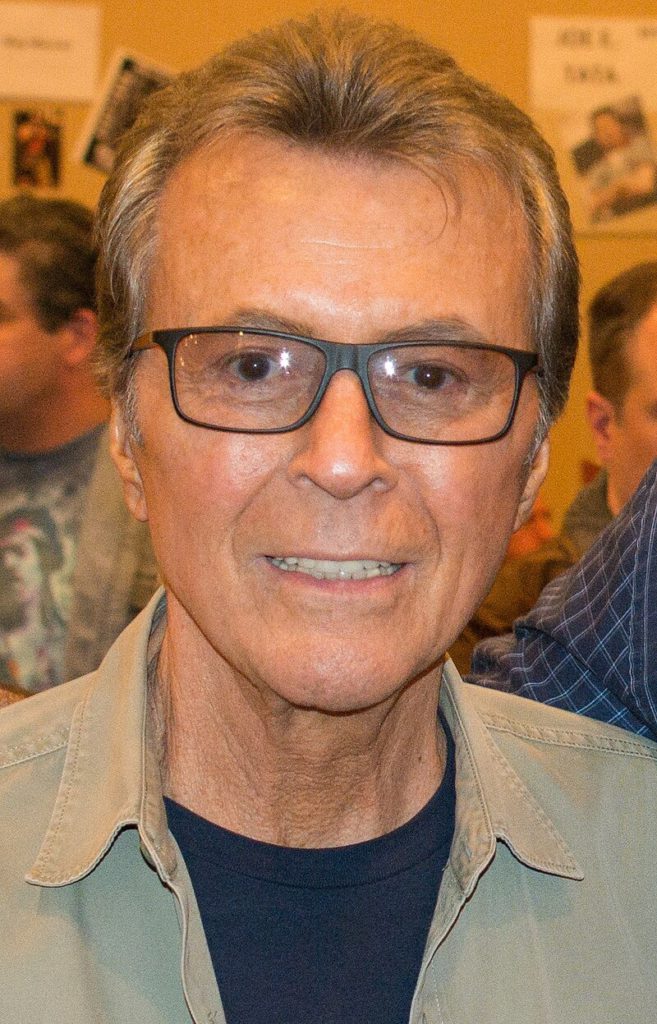
James Darren’s transition from “Gidget” heartthrob to “Star Trek: Deep Space Nine” veteran proves that reinvention keeps careers alive. His pop hits “Goodbye Cruel World” and “Her Royal Majesty” established teen idol credentials, but his later television work created cult following status.
At 87, Darren continues appearing at fan conventions, maintaining connections with multiple generations of admirers. His career demonstrates that building diverse fan bases through different mediums creates lasting relevance. Darren shows that adaptability beats typecasting every time.
1. Corey Hart: The Sunglasses Icon
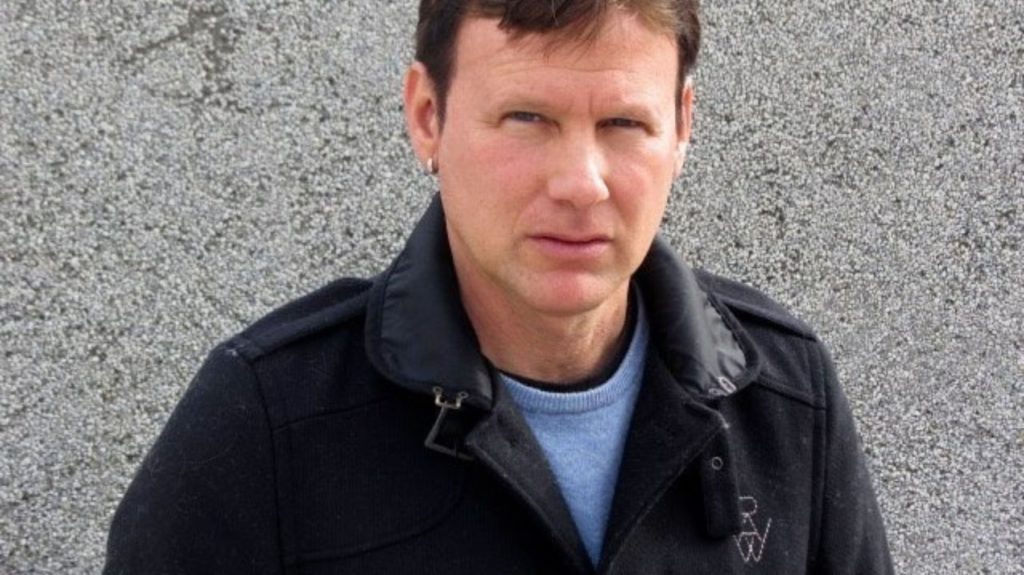
Corey Hart’s “Sunglasses at Night” became shorthand for 1980s cool, while “Never Surrender” delivered anthemic inspiration that still resonates. His 16+ million albums sold worldwide represent Canadian rock’s international breakthrough potential.
Hart’s philanthropic work and continued touring at 61 prove that authentic artistry ages gracefully. His songs capture the optimism and determination that defined Reagan-era youth culture. Hart demonstrates that sometimes one perfect song can define an entire generation’s attitude.




